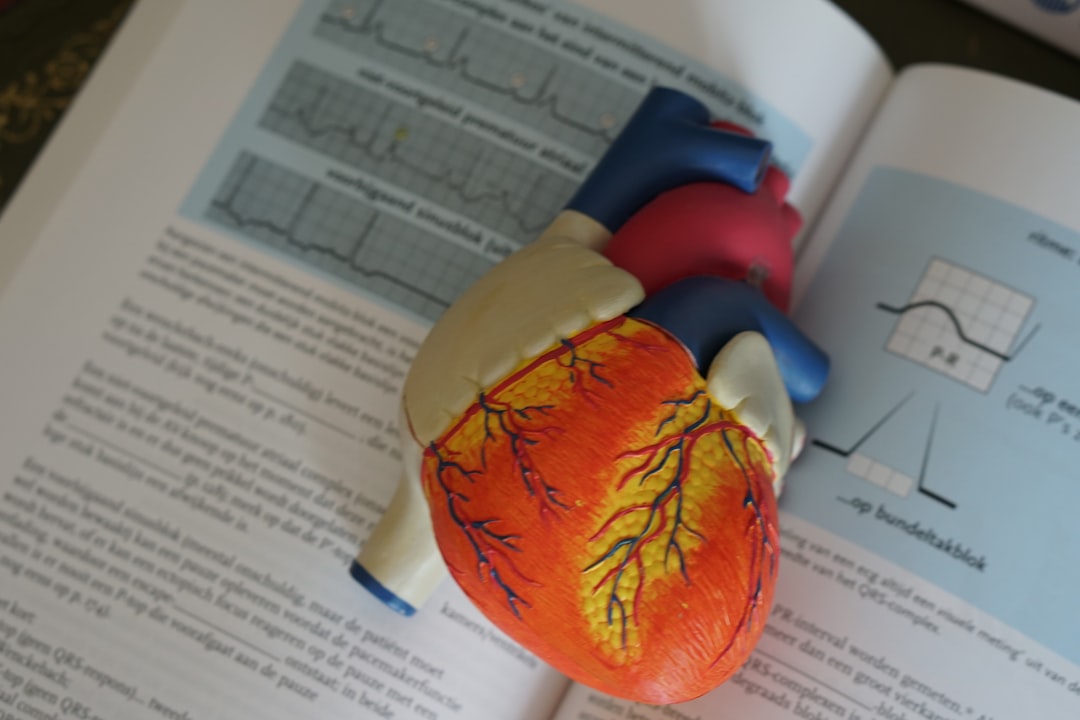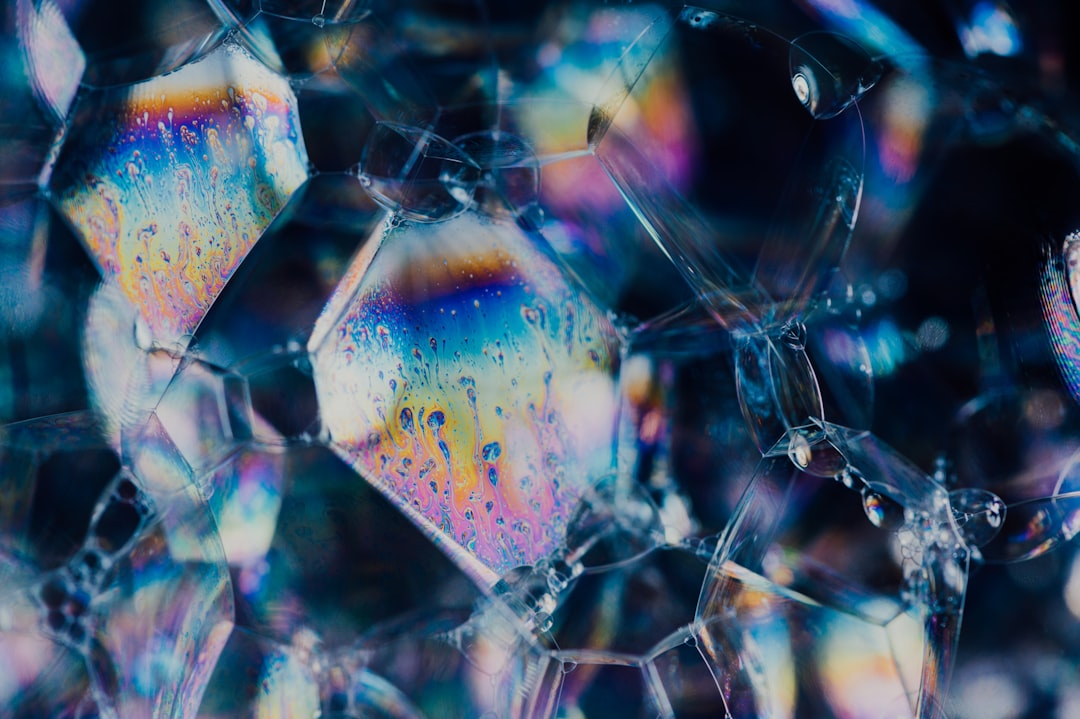What is it about?
Protein crystals must be cooled to 100K (-173 Celsius) to collect X-ray diffraction data without being destroyed. This paper describes a method to cool protein crystals directly without having to add cryoprotectants (substances that act like anti-freeze) that can harm the crystals.
Featured Image
Why is it important?
Cryoprotectants can harm protein crystals and finding the right one can be time-consuming. Here we show that protein crystals can be cooled directly to 100K without harm by removing all the liquid surrounding them. This makes the process much simpler and has the added benefit of reducing background. This process can also be readily automated and has allowed many thousands of crystals to be mounted and cryocooled using the Crystal Direct robot developed at the EMBL Grenoble Outstation.
Read the Original
This page is a summary of: Direct cryocooling of naked crystals: are cryoprotection agents always necessary?, Acta Crystallographica Section D Biological Crystallography, September 2011, International Union of Crystallography,
DOI: 10.1107/s0907444911031210.
You can read the full text:
Resources
Contributors
The following have contributed to this page










